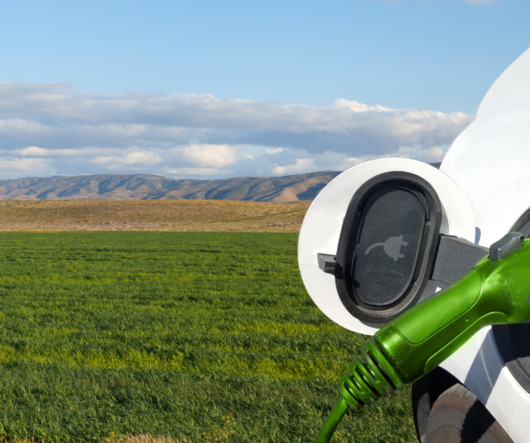Toyota outlines eco-car plans, battery research progress
Green Car Congress
NOVEMBER 18, 2010
TMC is continuing development of a sedan-type fuel-cell hybrid vehicle (FCHV), with sales aimed to start in around 2015 in Japan, theUS and Europe—markets in which hydrogen supply infrastructure is expected to develop. Hybrid Vehicles.











Let's personalize your content